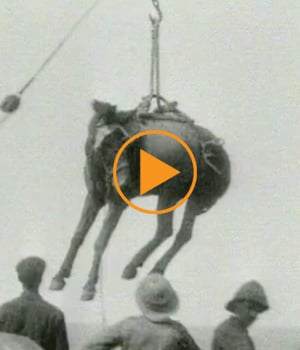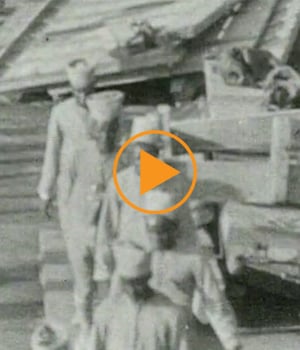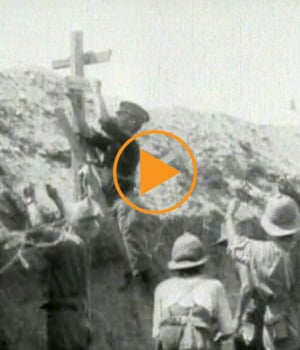
Gallipoli’s Heroes: the Australian and New Zealand Army Corps (ANZAC)
The Gallipoli Campaign was one of the Allies’ major disasters of World War One. Carried out between 25th April 1915 and 9th January 1916 on the Gallipoli peninsula in the Ottoman Empire, the doomed campaign was spearheaded by Winston Churchill in the hope of creating a new war-front that the Ottomans could not cope with. The plan backfired however, and resulted in one of the greatest Ottoman victories during the war and a tragic Allied failure.
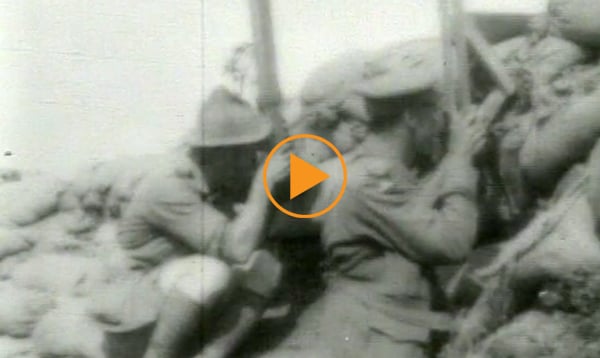 |
|
At the time of Australia’s entry into the Great War, the First Australian Imperial Force was raised in 1914 for service overseas, and initially consisted of 20,000 men. The AIF departed Australia in November of that year and, after several delays due to the presence of German naval vessels in the Indian Ocean, arrived in Egypt, where they were initially used to defend the Suez Canal. In early 1915, however, it was decided to carry out an amphibious landing on the Gallipoli peninsula with the goal of opening up a second front and securing the passage of the Dardanelles.
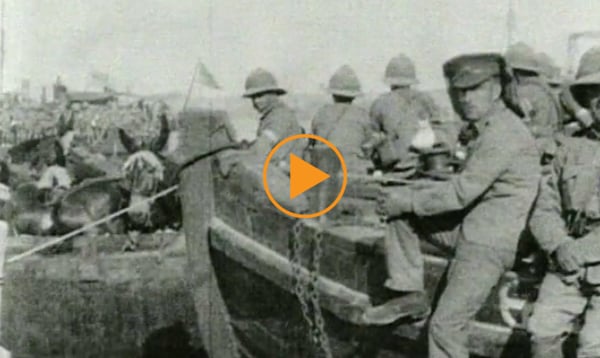 |
|
The Australians and New Zealanders, grouped together as the Australian and New Zealand Army Corps (ANZAC), went ashore on the 25th April 1915 and for the next eight months the Anzacs, alongside their British, French and other allies, fought a costly and ultimately hopeless campaign against the Turks, fighting in grim conditions and losing over 11,000 of their men.
Clips of the Anzacs’ landing on Anzac Cove and at Suvla Bay can be found in the Bridgeman Footage archive, alongside footage of the battle’s infamous trench warfare, snipers using periscopes, war horses and Turkish prisoners being put to work.
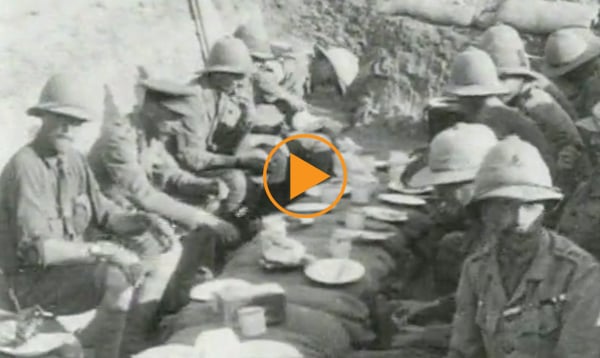 |
|
In Turkey, the battle of Gallipoli is regarded as a defining moment in the nation’s history, while in Australia and New Zealand, the campaign is often considered as marking the birth of national consciousness. The date of the ANZAC landing, 25 April, is known as “Anzac Day” which is the most significant commemoration of military casualties and veterans in those two countries. Here is a clip of an Anzac Day remembrance service at the Australian War Memorial in 1948, featuring actors Vivien Leigh and Laurence Olivier.
Bridgeman Footage proudly represents footage from the Australian War Memorial archive. Click through to see more clips from this collection.
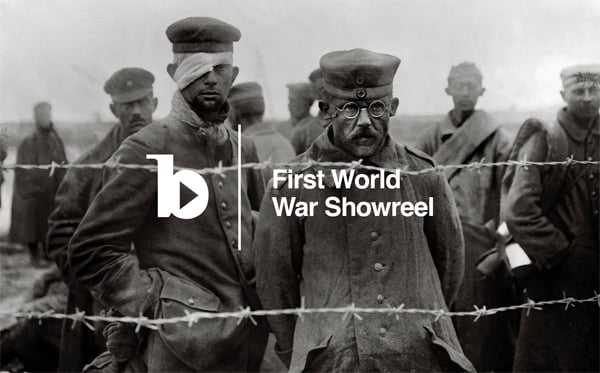 |

